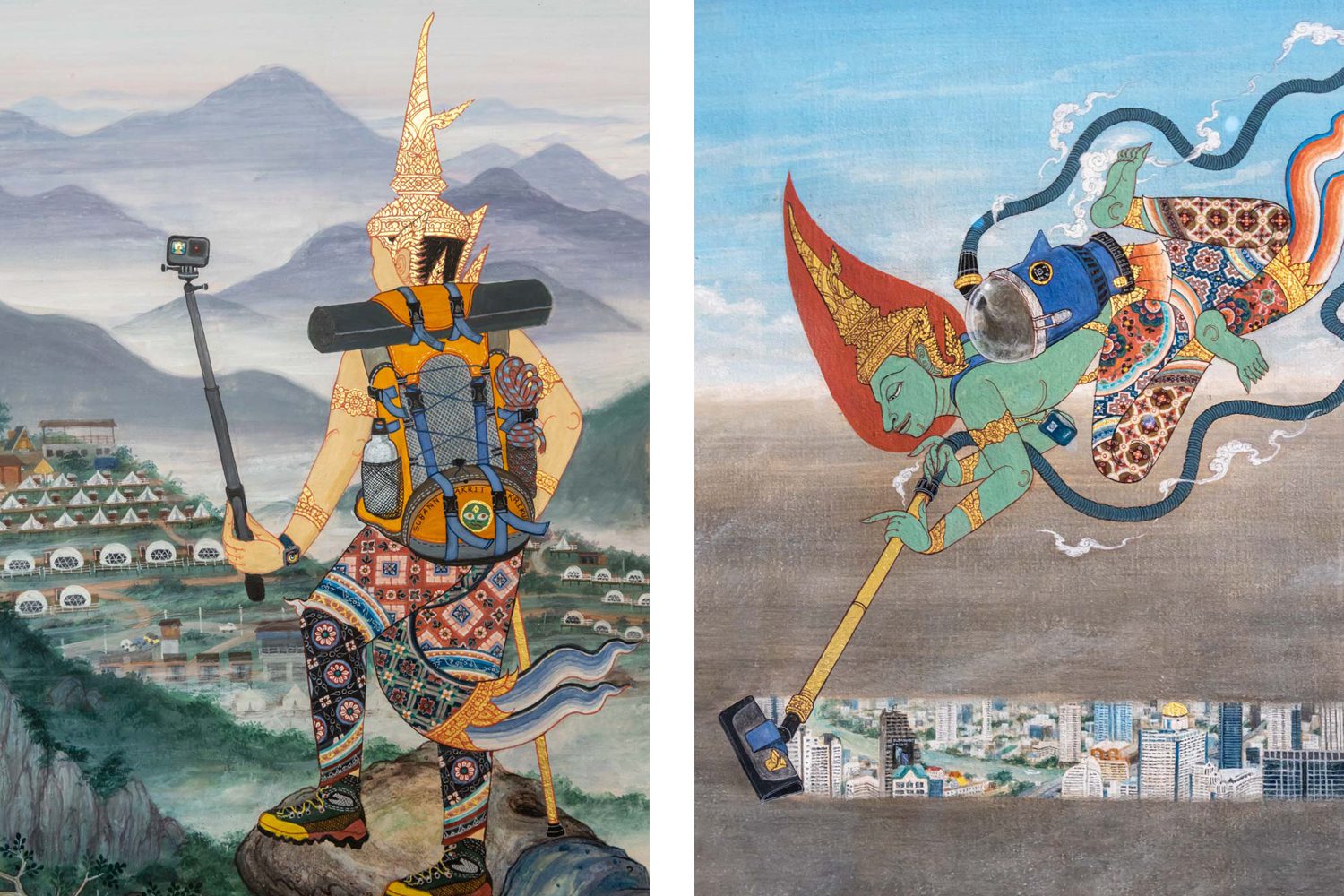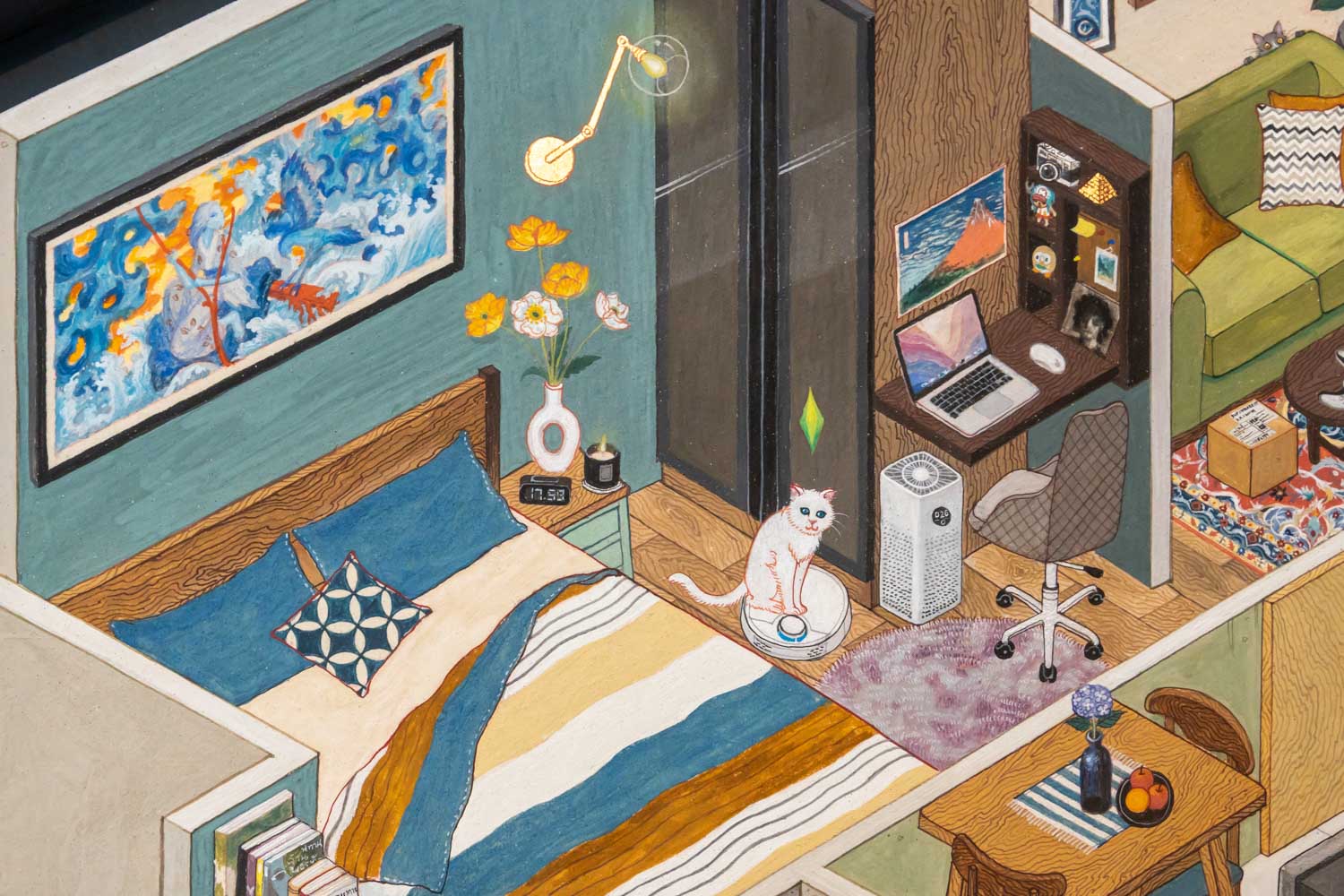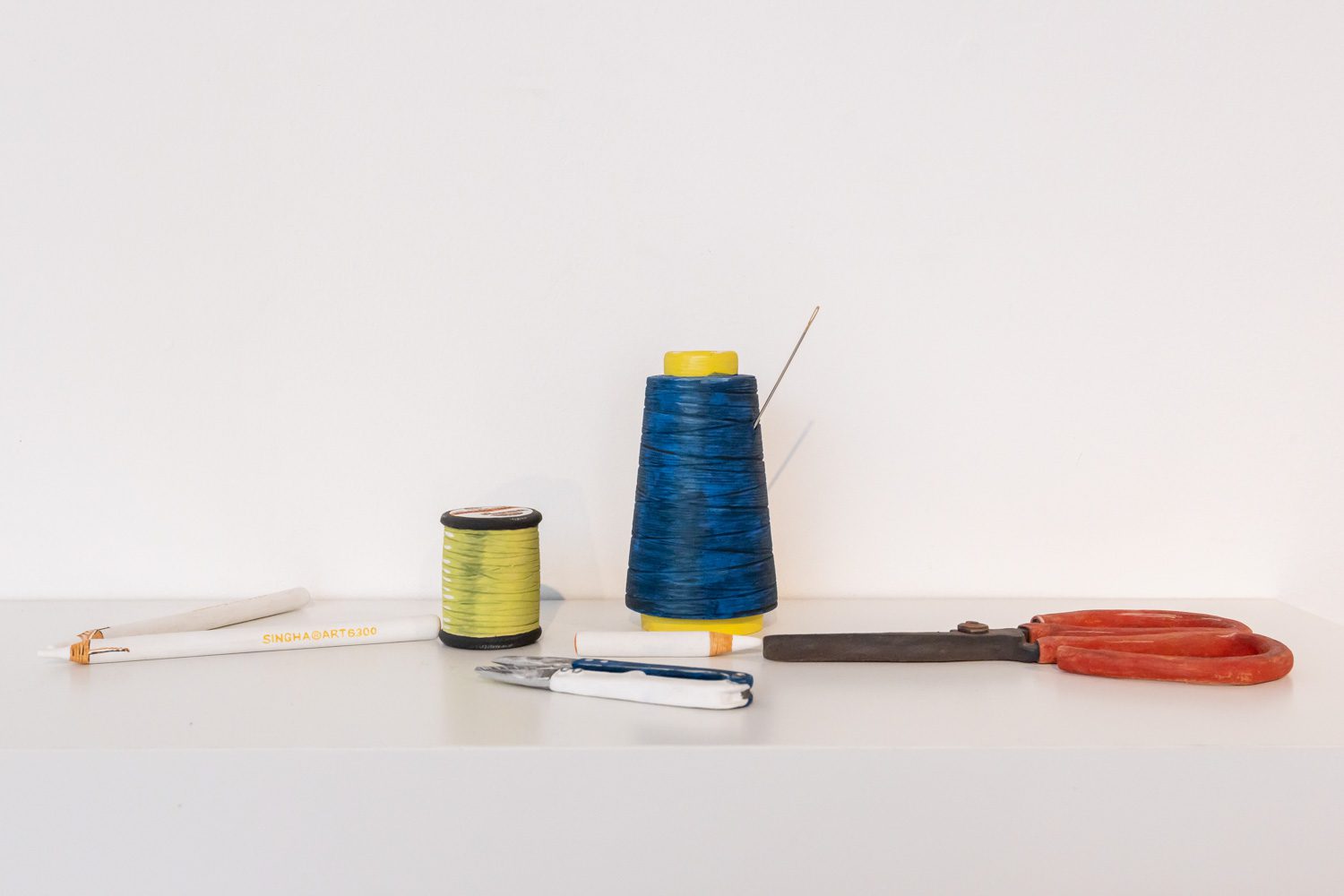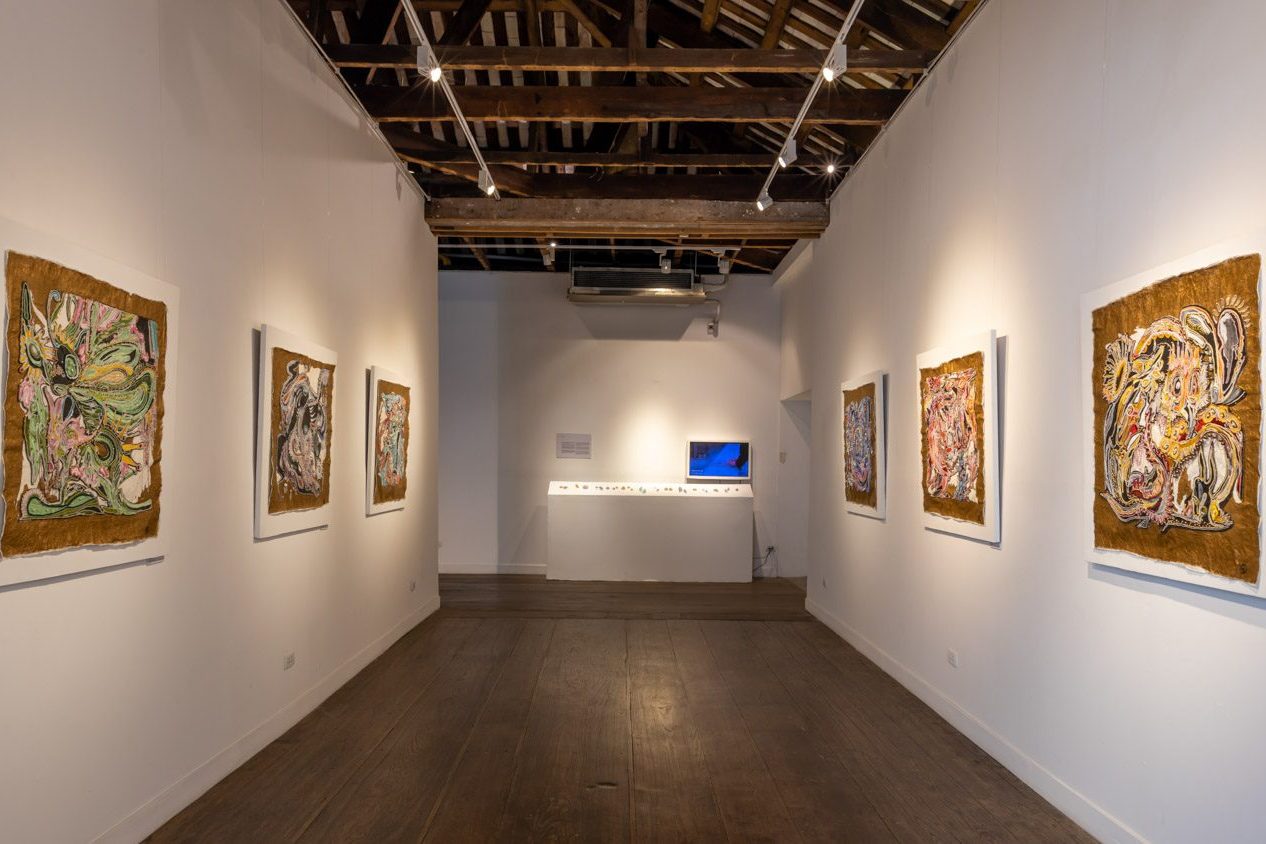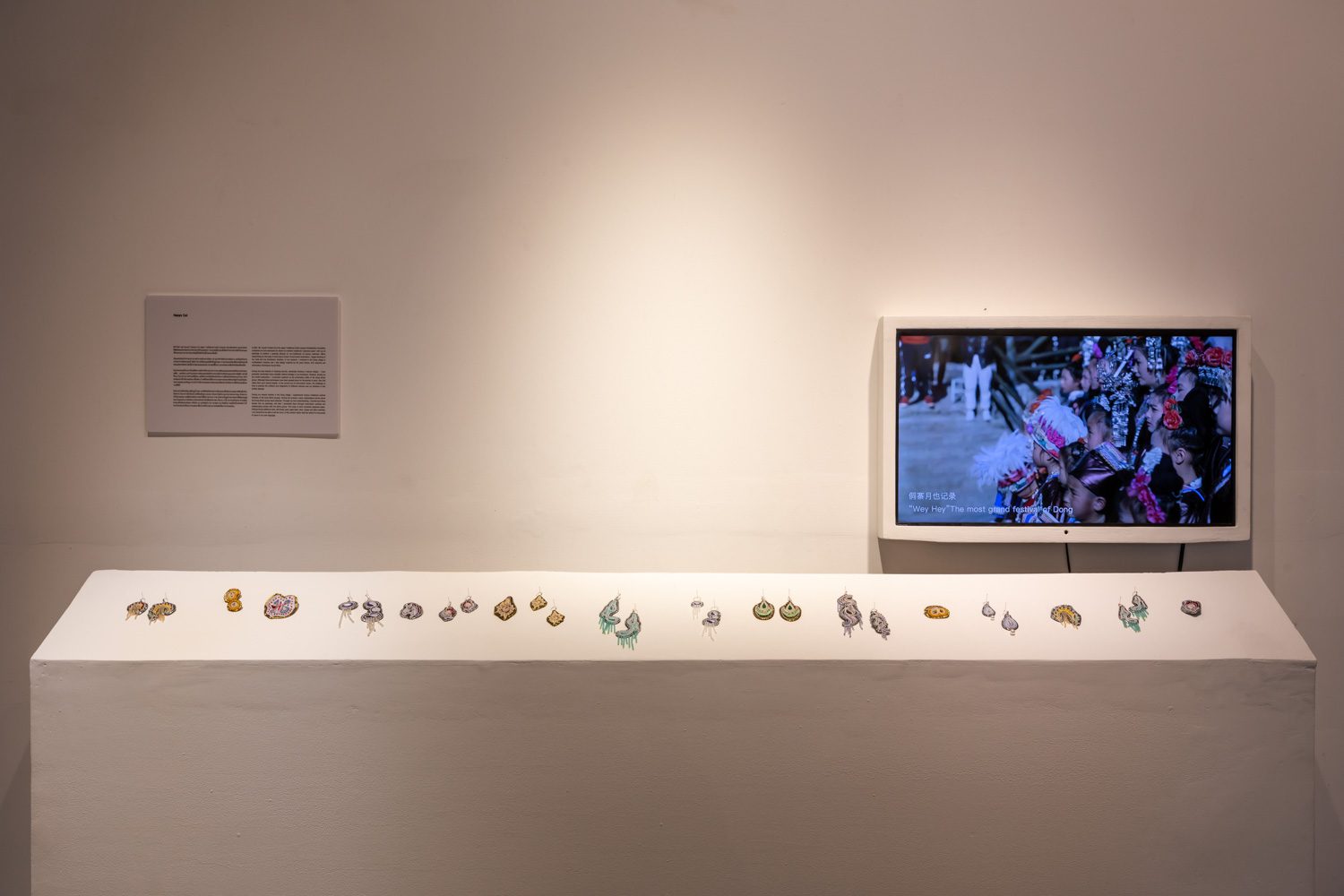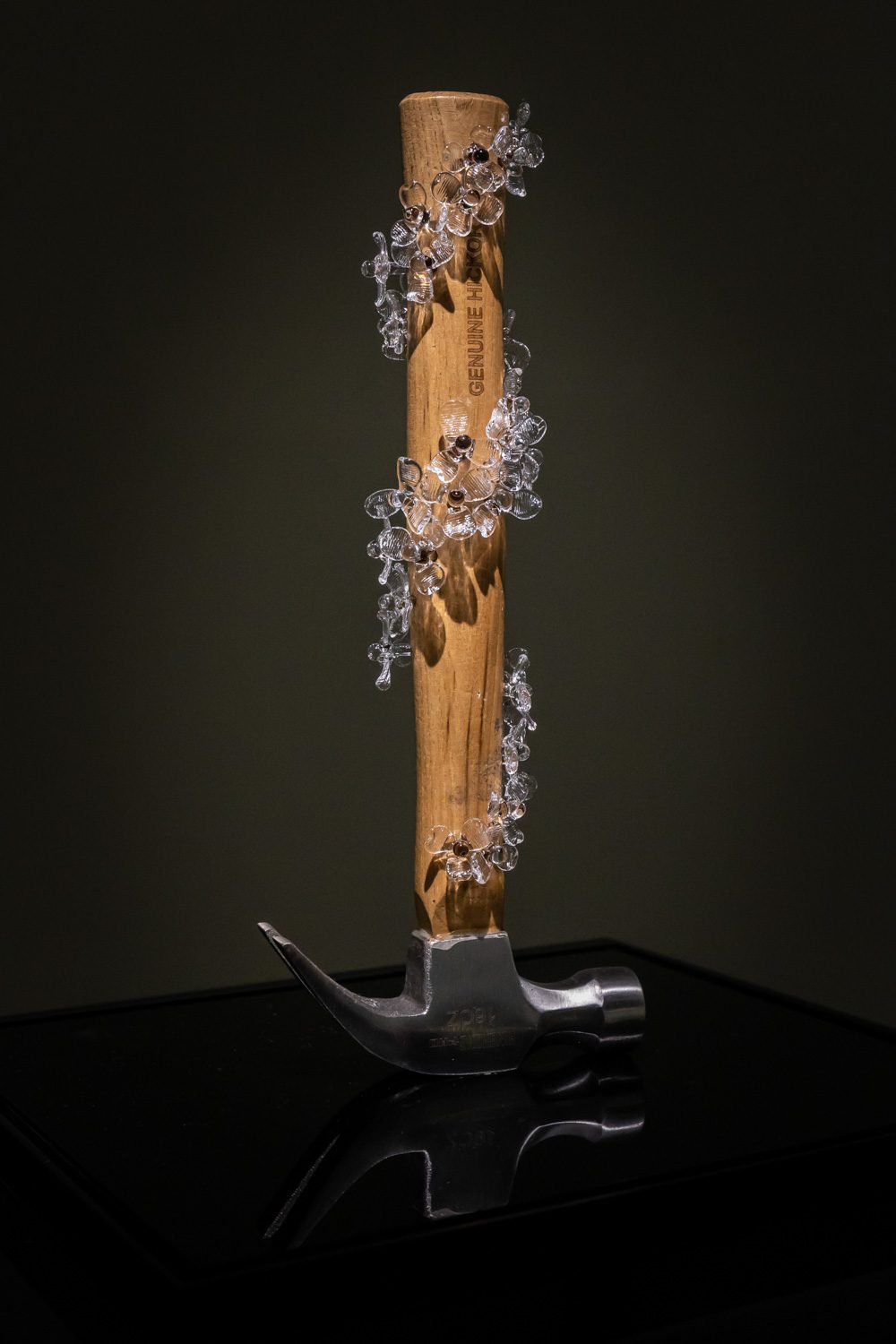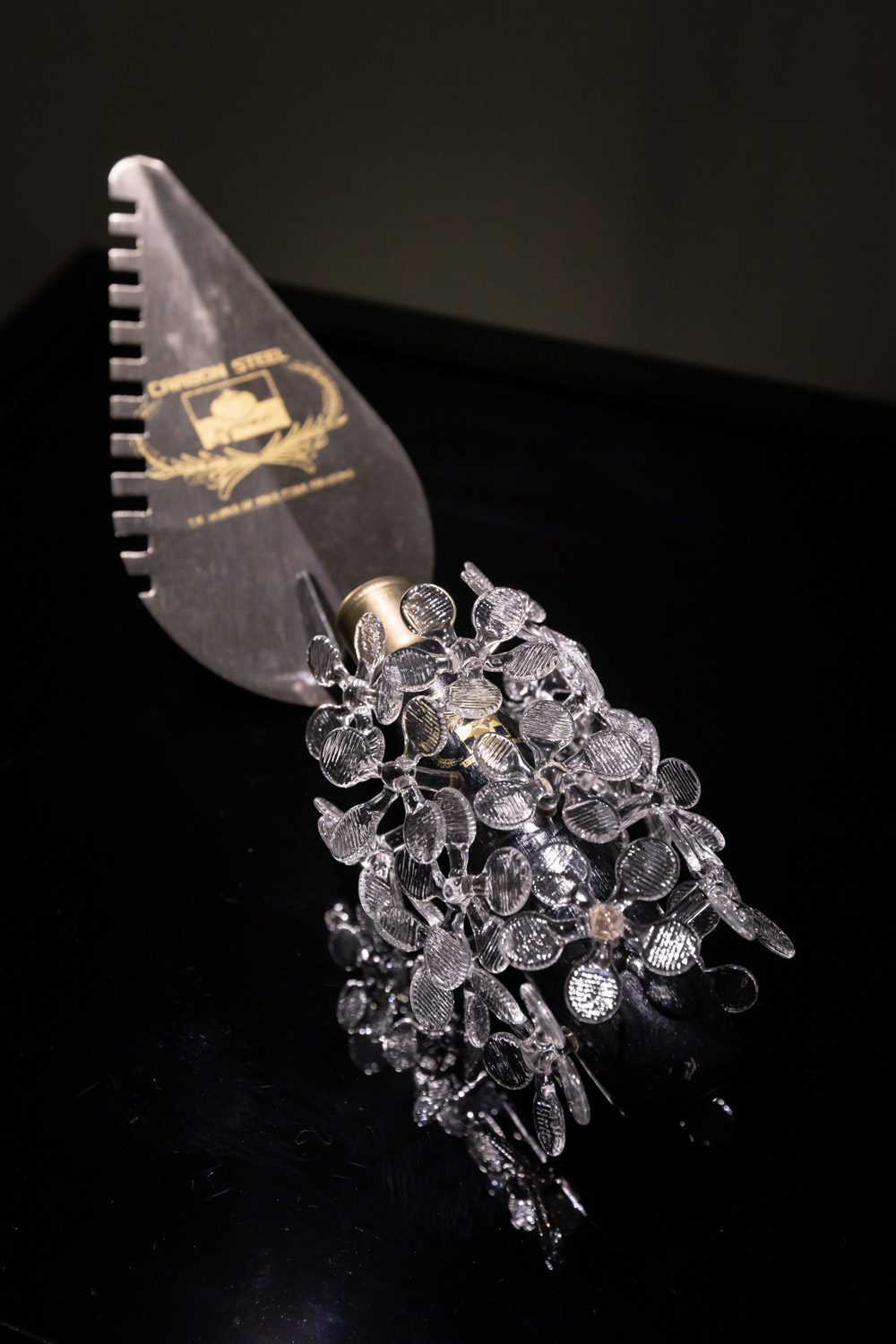
THE ART EXHIBITION FEATURING ARTWORKS FROM SEVEN ARTISTS MADE WITH DEDICATION, HARD WORK, AND PERSEVERANCE, REVEALING THE PLEASURE OF CREATING SOMETHING TANGIBLE
TEXT: PITI AMRARANGA
PHOTO: KETSIREE WONGWAN
(For Thai, press here)
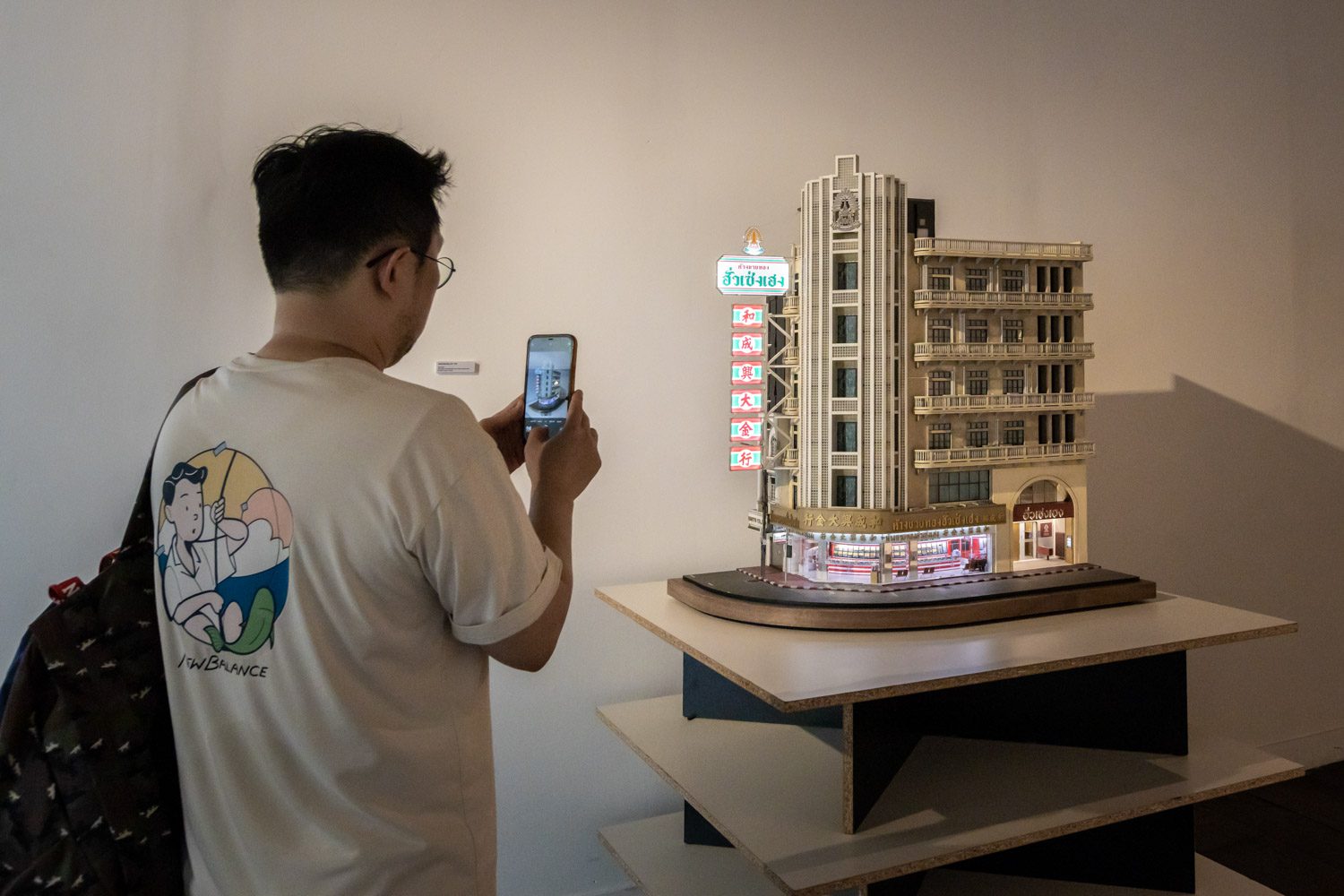
If we were to hypothetically categorize our perceptions of the world into the “tangible” and the “abstract,” we would discover that an increasing number physical objects have been transformed and stored in cloud storage. These objects range from massive piles of documents, countless cabinets of books, to all the songs on CD albums ever produced. Similarly, money is now represented by numerical values on the screens of our smartphones and can be easily transferred in a matter of seconds. Most of these objects have been removed for the sake of greater convenience for human society, which is considered a positive development. The consequence of such a change is that it can sometimes make us feel very isolated. From a philosophical perspective, there have been beliefs that propose the idea that life may not have any inherent meaning. The idea of living a life and moving towards the future where everything is intangible makes me feel quite sad deep down. Living a life surrounded by things that exist only in your head can be overwhelming. Engaging in activities that require the use of your own hands can be a way to calm your mind and ease the unsettling thoughts.
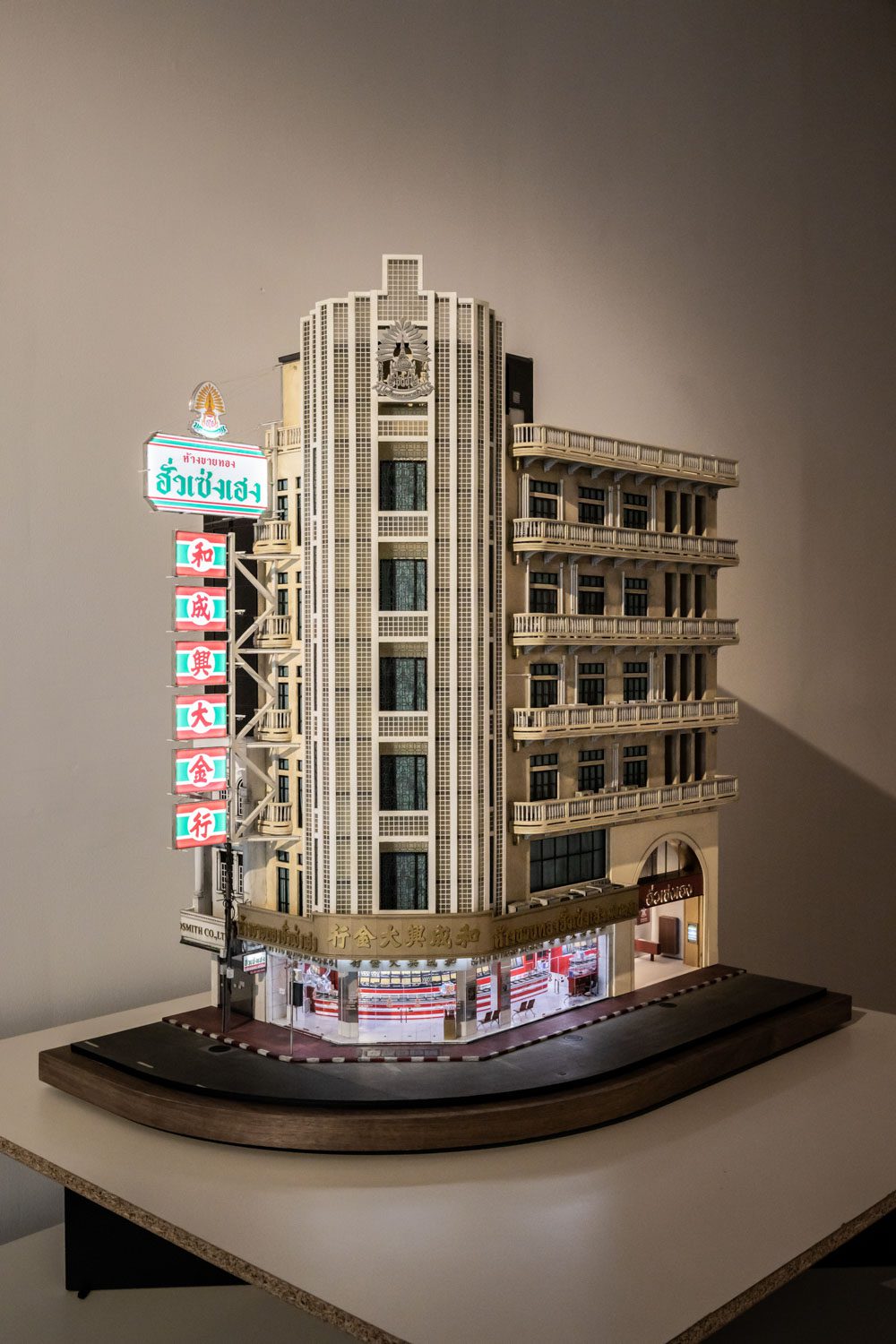

While viewing ‘Traditions Transformed,’ the exhibition curated by Mook Attakanwong, featuring the works of seven young male artists, such thoughts came to mind. Currently being held at ATT 19, ‘Traditions Transformed’ displays the products of dedication, hard work, and perseverance, or whatever words that encapsulate any possible way one spends time and effort working on something into tangible, physical creations from their very own two hands. One of the most impressive works I’ve seen is the replica of the entire “Hue Seng Heng” building by Thanabet Chanpreechaya, from the remarkable attention to detail to the meticulously crafted models of Thailand’s public phone and trash bins on the sidewalk. It’s the type of work that, when looked at closely, has the ability to evoke even a scent through the power of human memory and imagination.
The next work is the miniature traditional Thai painting by Subannakrit Krikum. It portrays the contemporary Thai way of life in a cute-looking mural painting that is so appealing that viewers are drawn in to take a real close look.
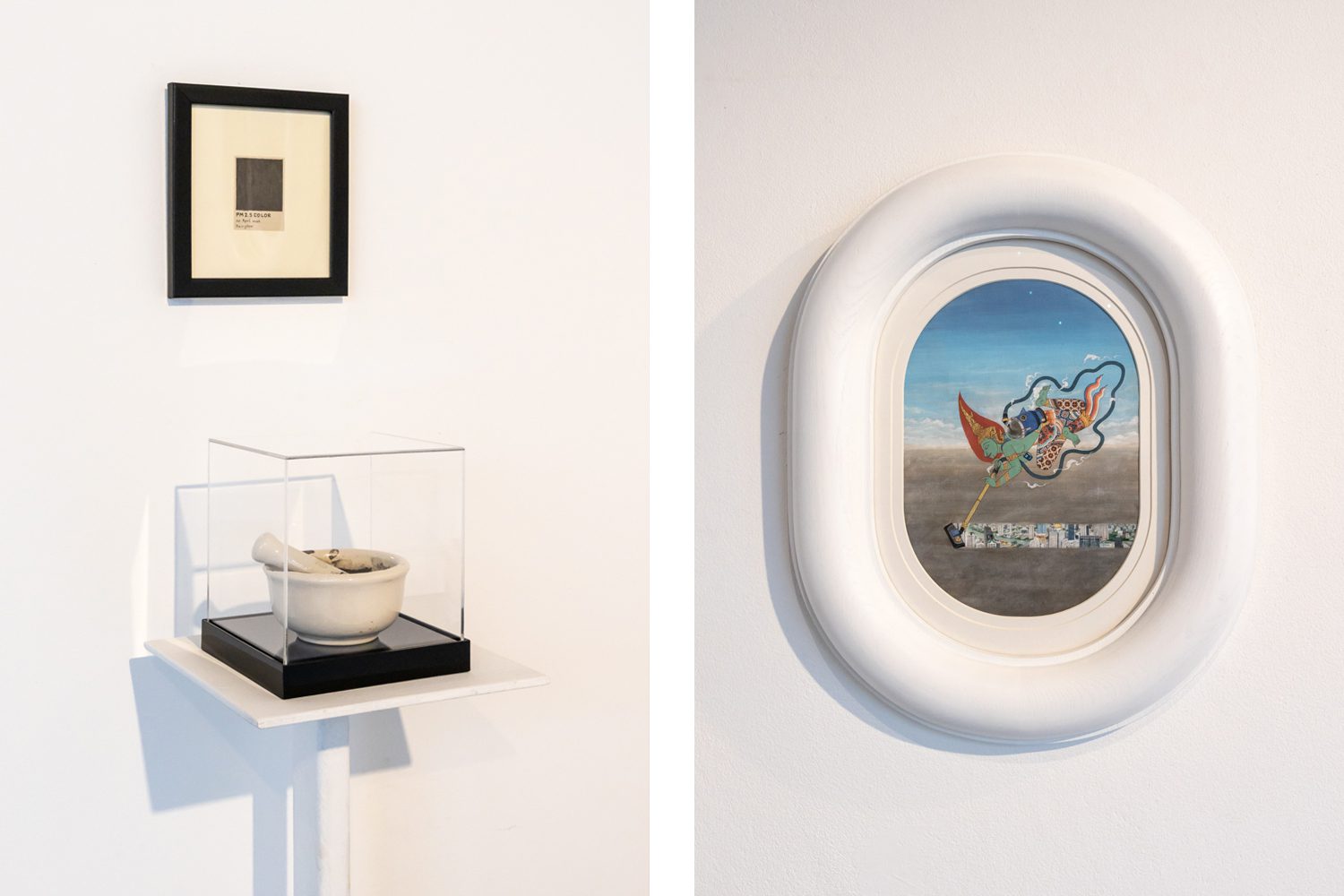
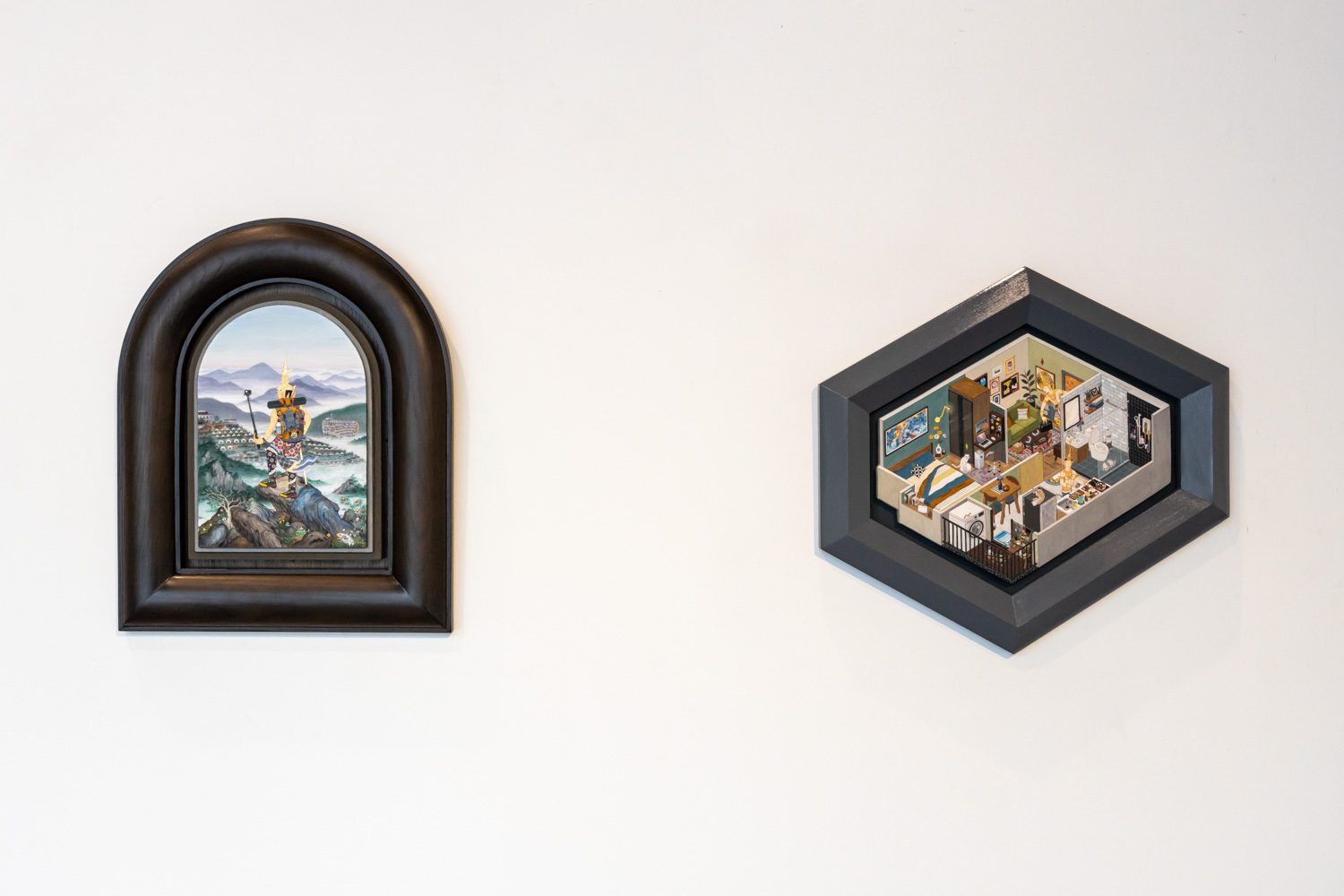
Meanwhile, to fully appreciate Raksit Boonnark’s work requires one to view it from a distance. The piece is a forest landscape that Rakish entirely created using nothing but a cutter and a 20-meter-long strip of paper.
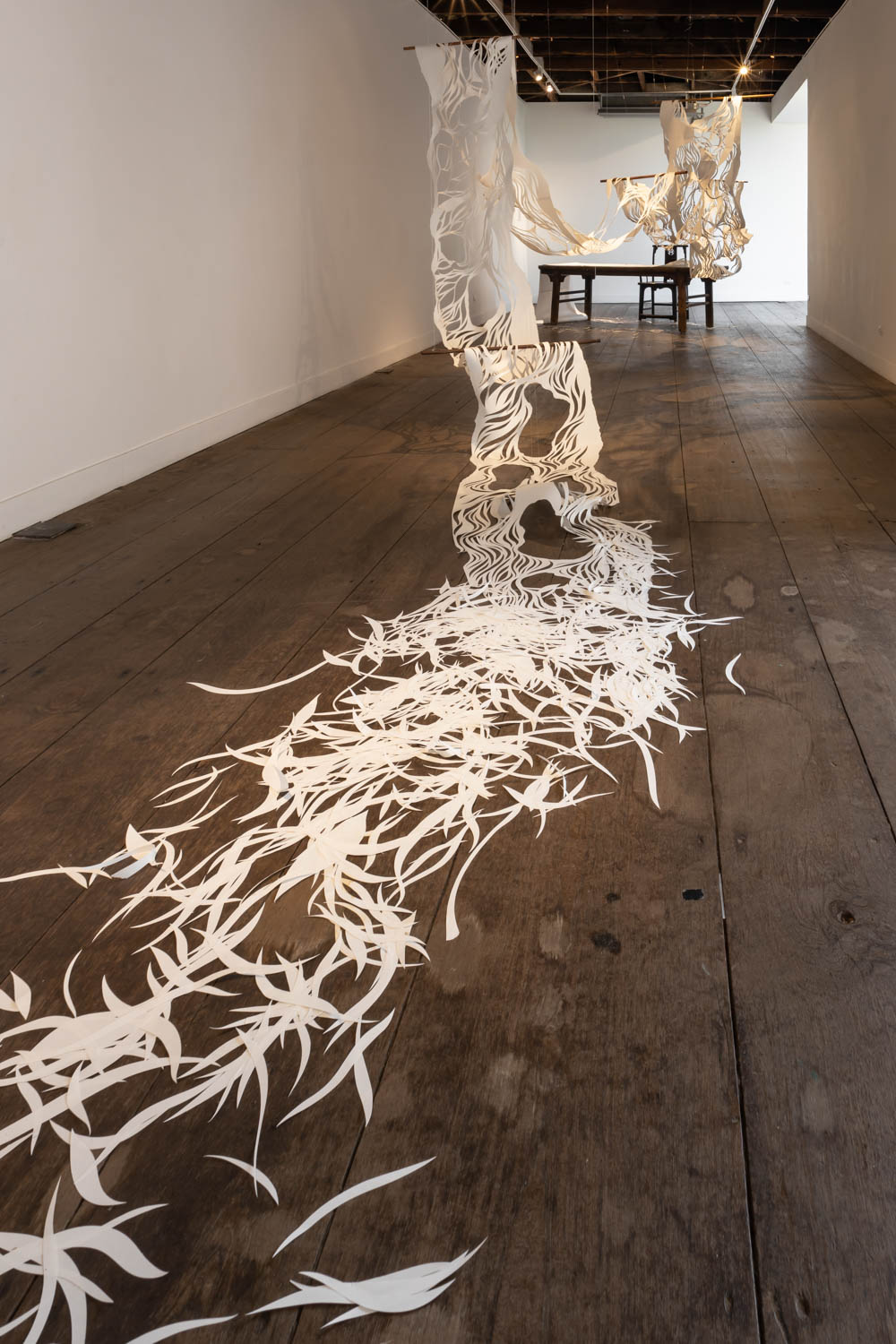
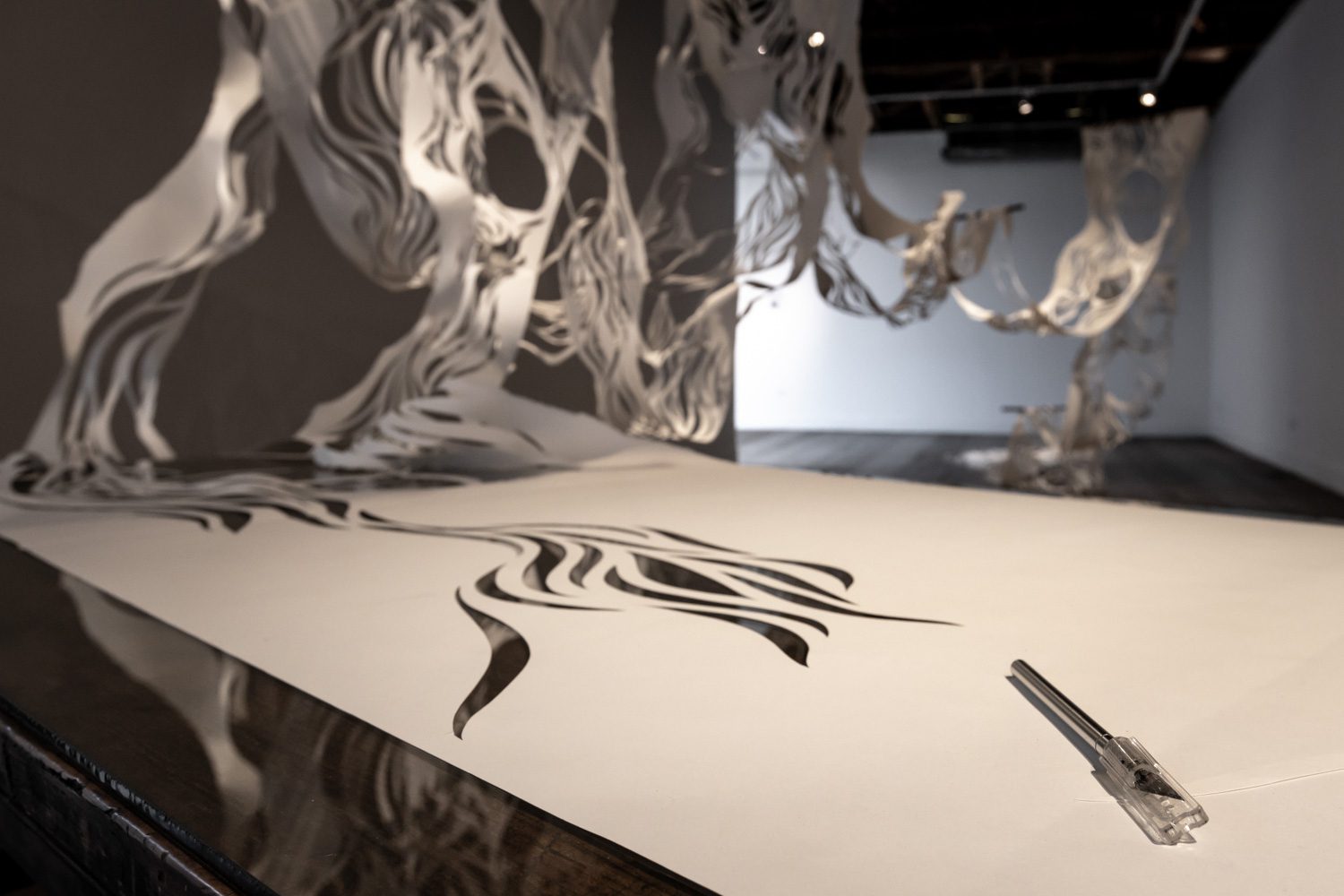
Displayed not too far are the ceramic pieces created by Sirisak Saengow, which are so impressively realistic that they can easily be mistaken for everyday objects. Artworks crafted from clay and adorned with intricate colors and patterns are so lifelike that they can be mistaken for real objects, particularly from a distance possess a certain charm that draws viewers in, encouraging them to come closer and appreciate the intricate details. That seems to be the essence the first four works successfully capture, creating works that are not only enjoyable for viewers to see to but also easily relatable.
The commonality in the work processes of the remaining three artists is way they engage dialogues and collaborations with other human beings. Hanyu Cui works with various ethnic groups to combine paintings with traditional embroidery techniques of local artisans into exquisite artwork.
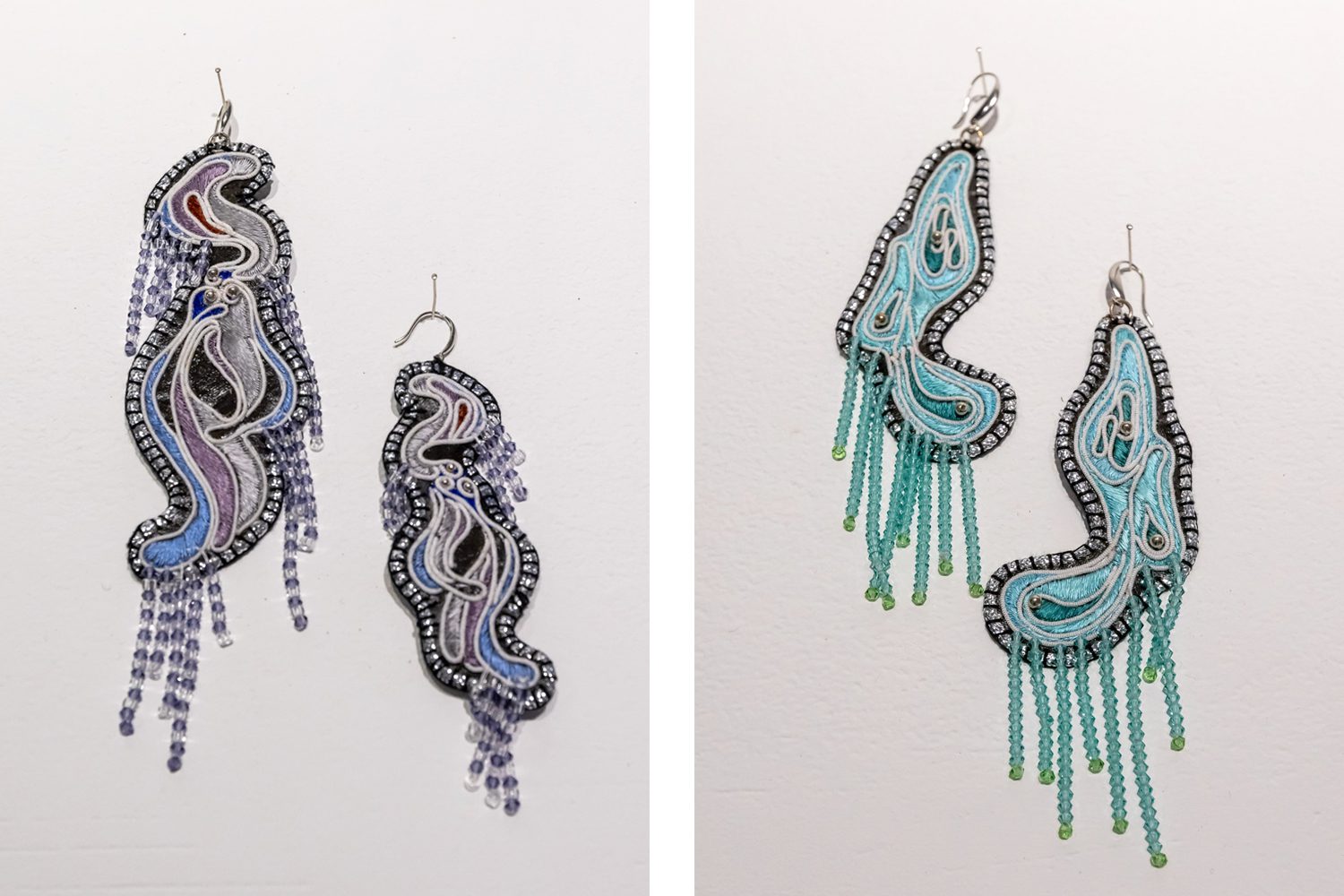
Ake Rawdmek’s glass blowing pieces portray heartfelt sentiments shared between him and his fellow coworkers at the factory, using the delicate medium of glass. Teerapoj Teeropas’s weaving pieces questions the ‘true balance of craft’ from the perspective of a designer who has to work with skilled makers while still grappling the confusion about the ‘desire to be a good person,’ a struggle that has plagued and created a sense of isolation among designers within the industry. But as sad as it may seem, the story told through the works are nothing but utterly beautiful.
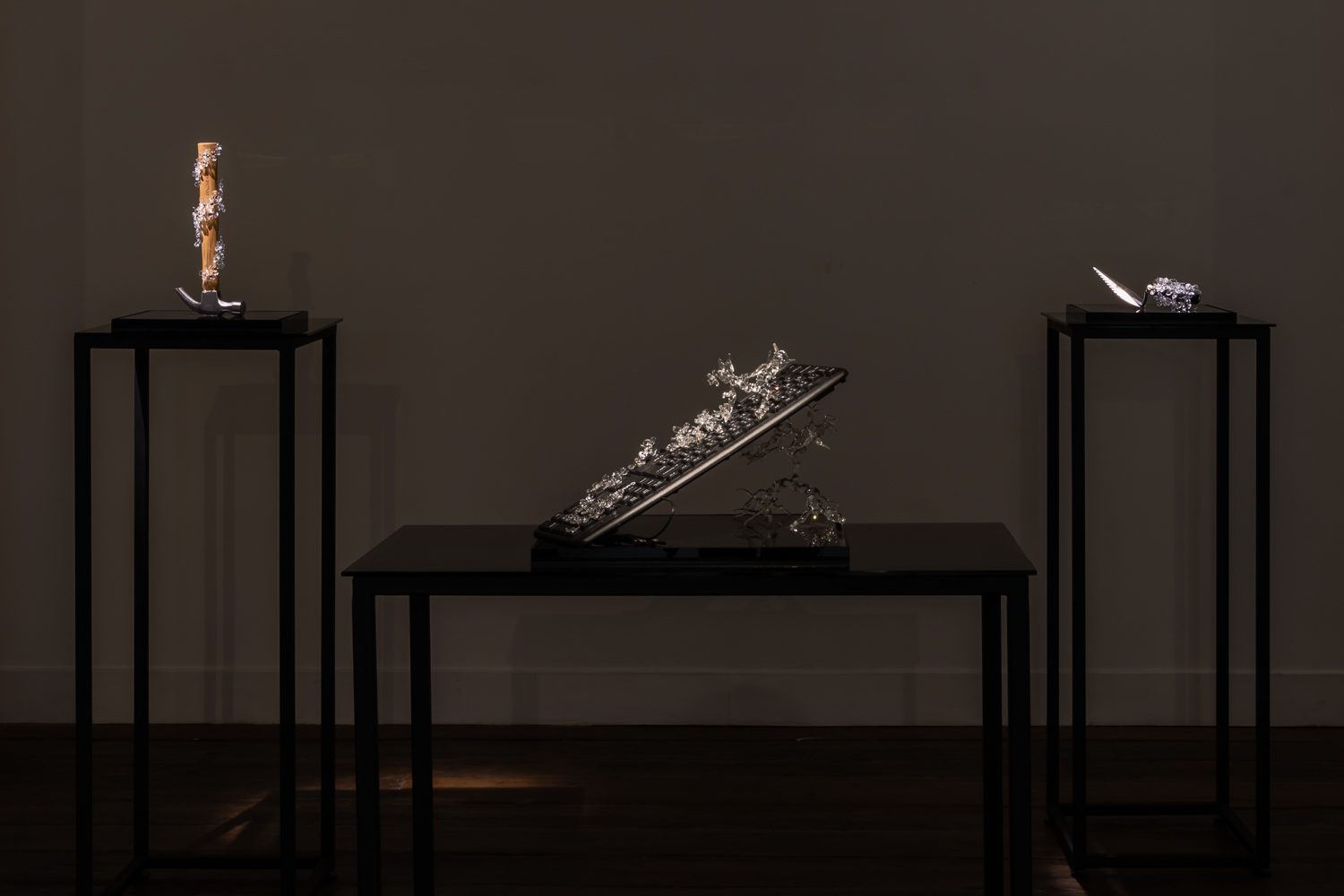
It feels somewhat like when you look at a computer circuit and can’t comprehend how it operates whereas looking at a handmade craft piece meticulously created by a human being, you get a glimpse of an intention behind the work, the amount of time spent in creating it and the methods that are employed. We appreciate, acknowledge, and respect the creators’ sentiments behind their works by comparing them to our own human experiences. These emotions convey the pleasure of creating something tangible and the admiration for the handiwork of our fellow humans. The question of whether these sentiments are sufficient reasons for humans to continue making crafts remains unanswered.
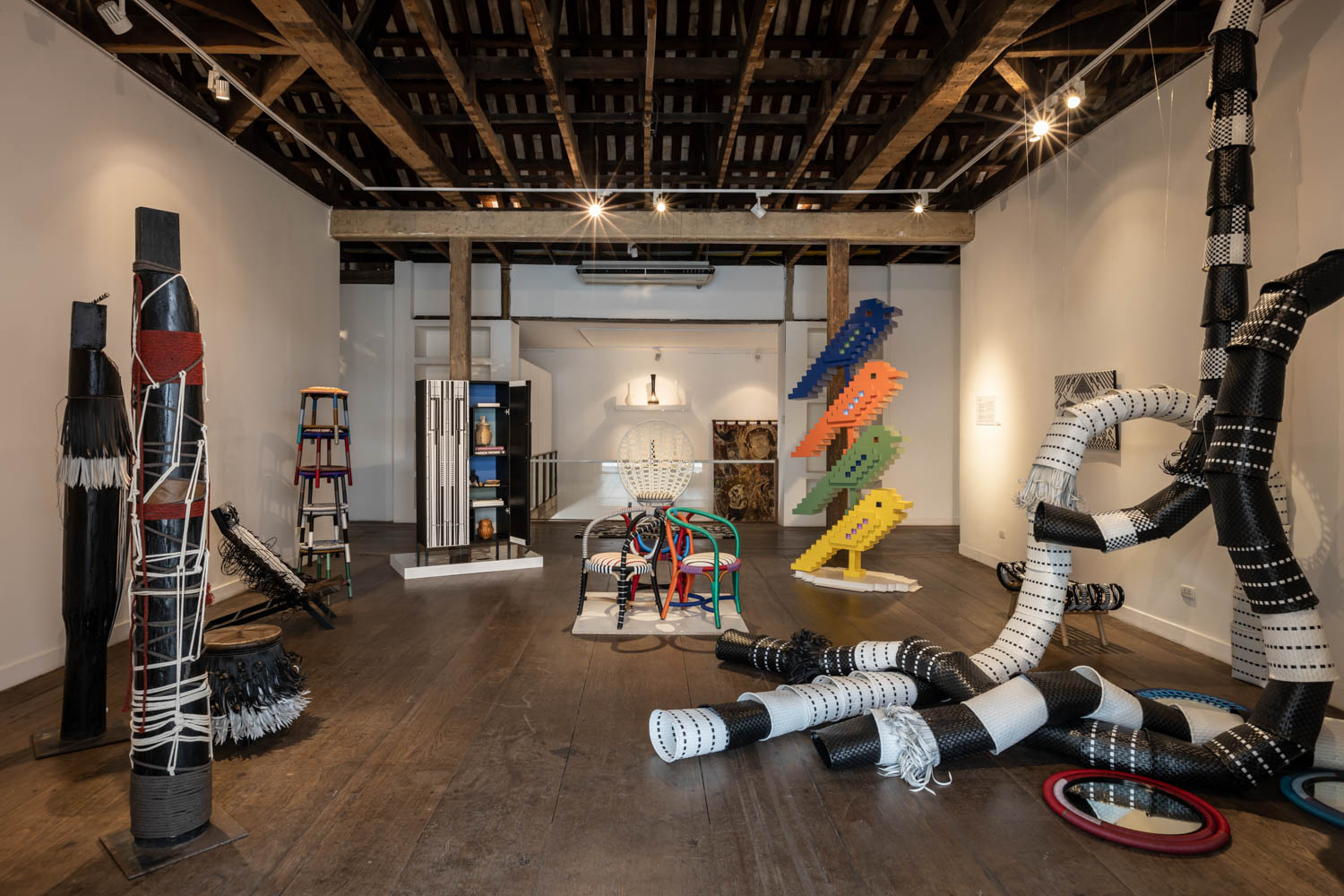
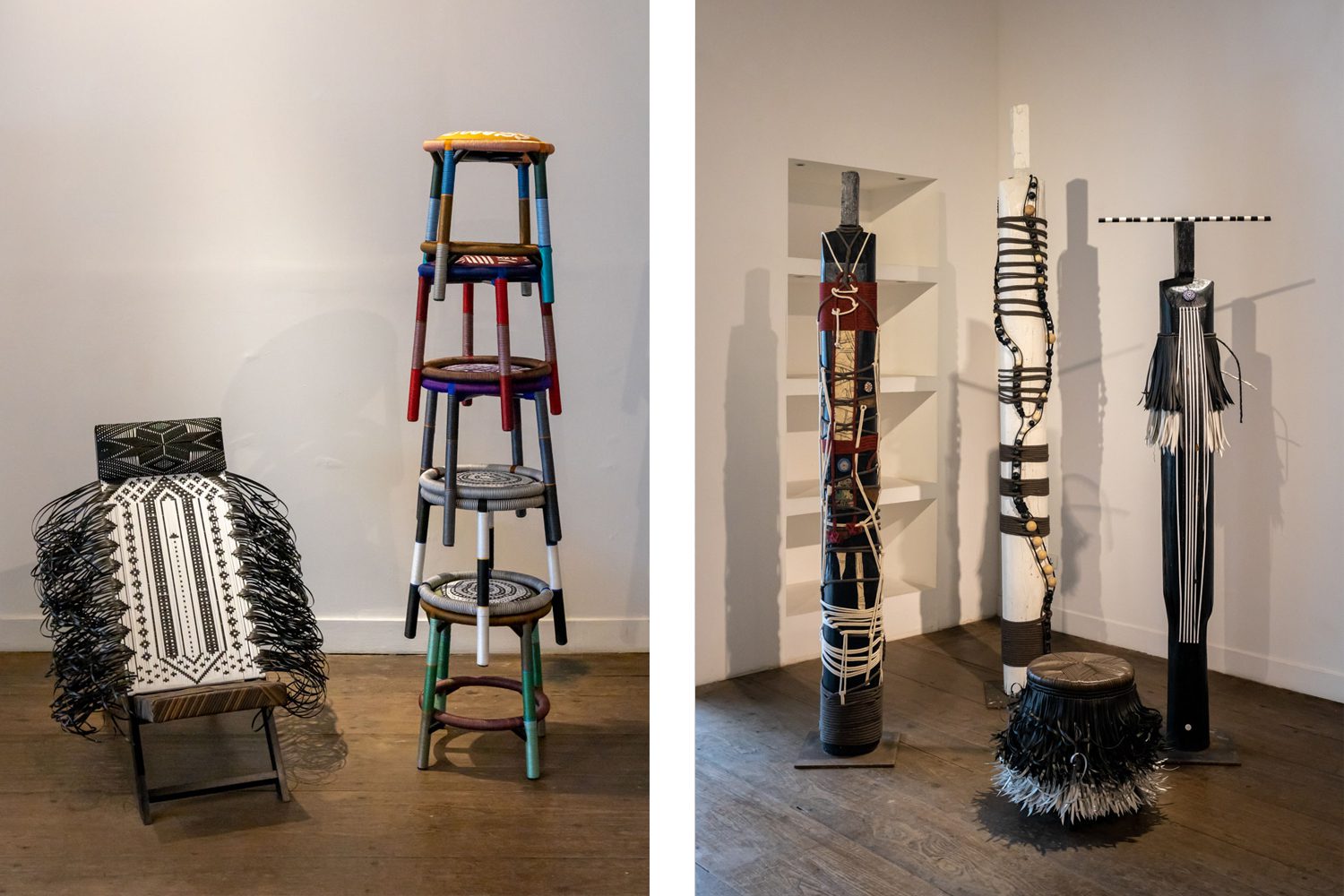
Reading between the lines, “Traditions Transformed” has me contemplating the ongoing conflict between human artisans and modern machinery in the fight for creative space. The outcome is that humans are compelled to adapt and discover ways and territories that machines have not been able to reach, holding onto them as the until the next wave of technological advancements arrives, which unfortunately tends to happen at a much faster pace. We are facing a reality where machines possess advanced machine learning abilities that will eventually surpass human capabilities. In order for us to survive, and the only way for us humans to survive is to learn to work together with them.
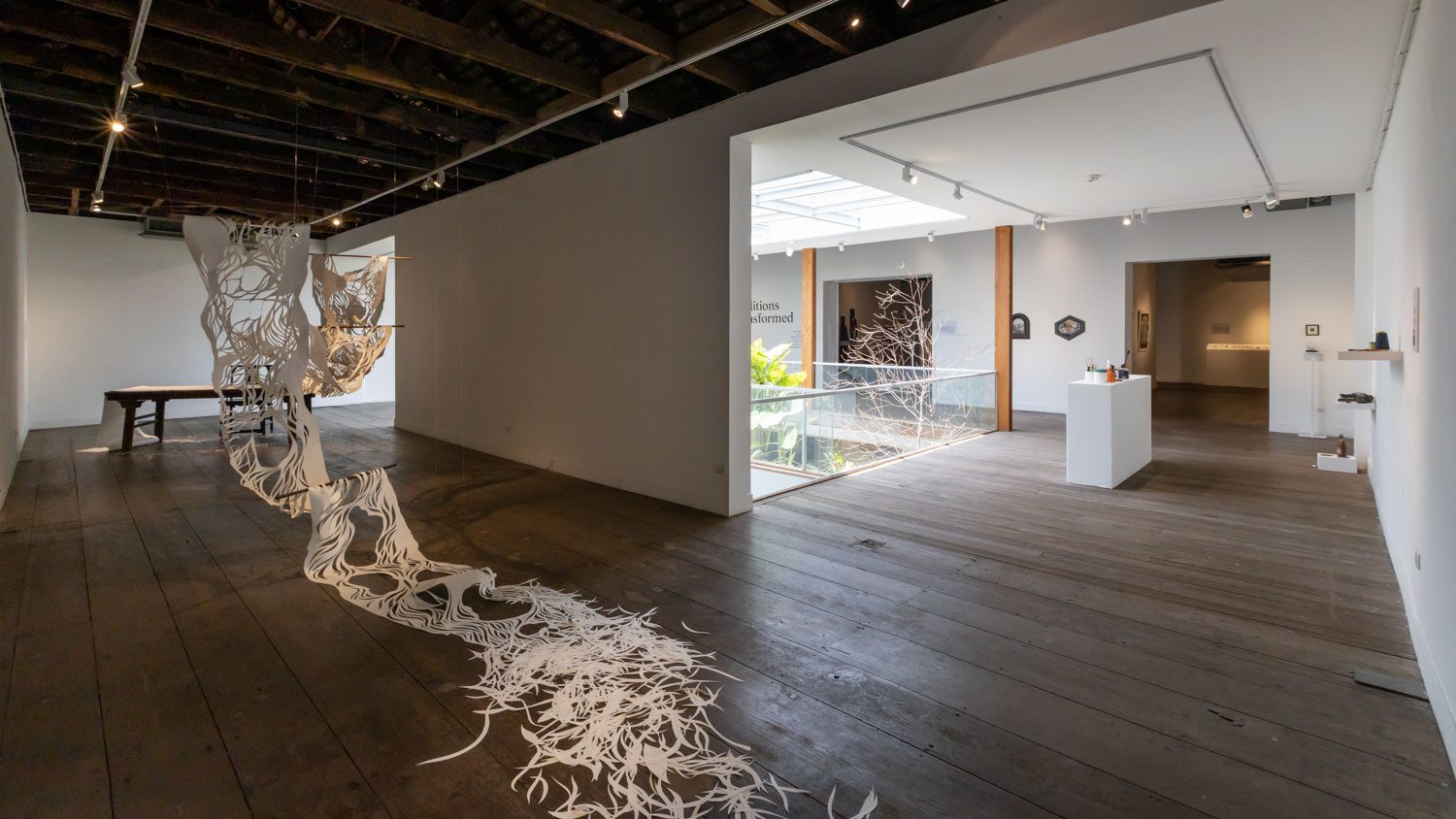
The exhibition “Traditions Transformed,” curated by Mook Attakanwong, is currently showing at ATT 19 until July 2nd, 2023.





